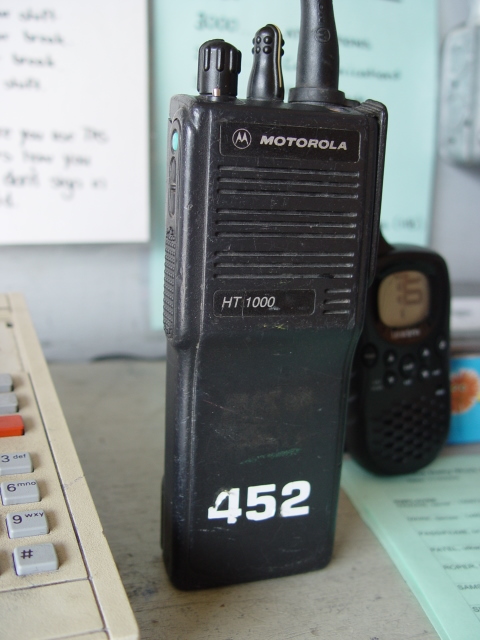Police communications during an emergency
|
How do police communicate during an emergency? Two-way radio Cell phone Internet Landline Fax Public broadcasting Other What is the difference between a two-way radio and a mobile/cellular telephone? 



Two-way radio systems usually operate in a half-duplex mode; that is, the operator can talk, or he can listen, but not at the same time. A push-to-talk or Press To Transmit button activates the transmitter; when it is released the receiver is active. A mobile phone or cellular telephone is an example of a two-way radio that both transmits and receives at the same time (called full-duplex mode). It uses two different radio frequencies (channels) to carry the two directions of the conversation simultaneously. |
